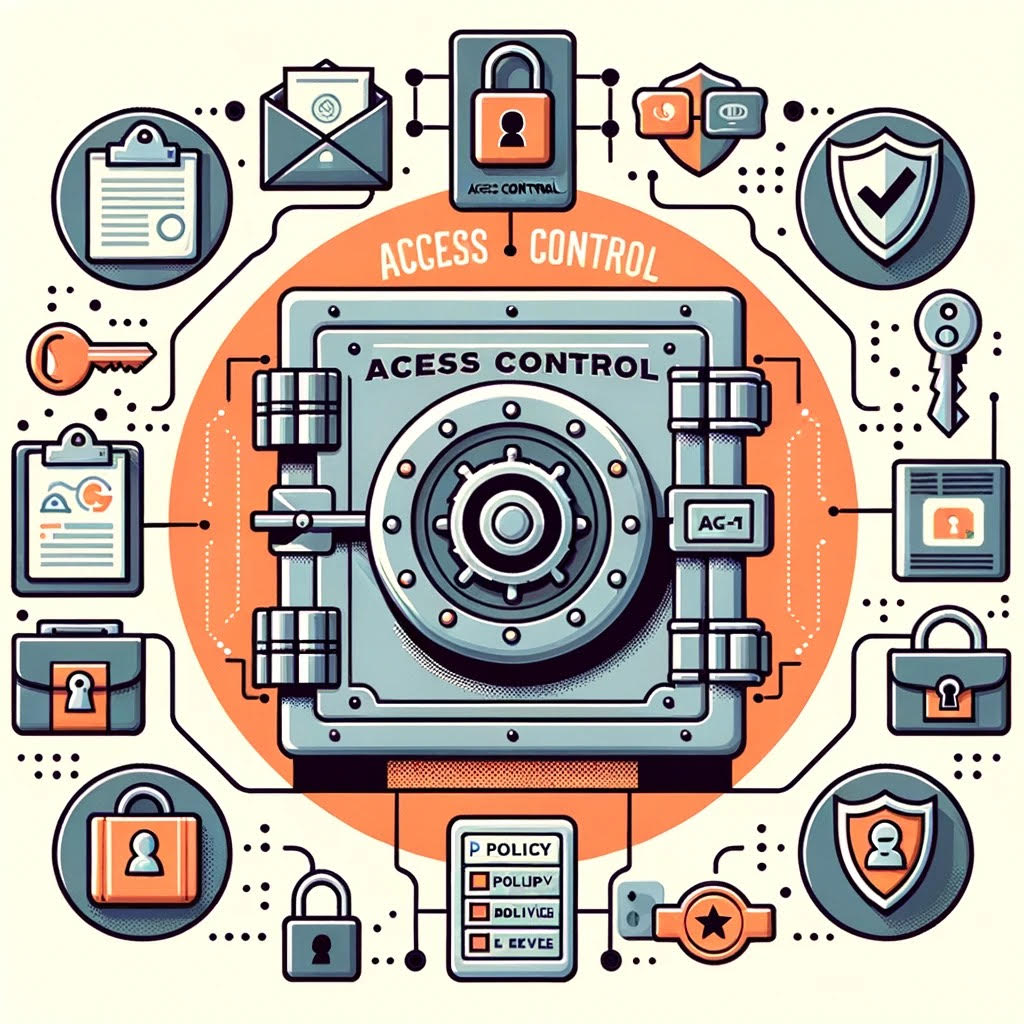Introduction
Access control is the process of restricting access to resources to only authorized users. This is an essential security control for any organization, as it helps to protect sensitive data and systems from unauthorized access.
The Risk and Management Framework (RMF) is a cybersecurity framework that provides organizations with a process for managing risk to their information systems. RMF control AC-1, Access Control Policy and Procedures, requires organizations to develop, document, and implement an access control policy and procedures to manage access to their information systems.
Why is AC-1 important?
AC-1 is important because it helps organizations to:
- Protect their sensitive data and systems from unauthorized access
- Comply with applicable laws and regulations
- Reduce the risk of security incidents
- Improve the overall security posture of their organization
What are the requirements for AC-1?
The requirements for AC-1 are specified in the NIST Special Publication (SP) 800-53, Revision 5, Security and Privacy Controls for Federal Information Systems and Organizations. SP 800-53 provides a comprehensive set of security and privacy controls that organizations can use to protect their information systems.
The specific requirements for AC-1 include:
Developing, documenting, and implementing an access control policy that addresses the following:
- Purpose, scope, roles, responsibilities, and coordination among organizational entities
- Alignment with applicable laws and regulations
- Procedures for managing access to information systems
- Reviewing and updating the access control policy and procedures on a regular basis
How to implement AC-1
Develop an access control policy. The access control policy should define the organization’s approach to managing access to information systems. It should address the following:
- The purpose and scope of the policy
- The roles and responsibilities of personnel involved in access control
- The procedures for managing access to information systems
- The requirements for compliance with applicable laws and regulations
- Document the access control policy and procedures. The access control policy and procedures should be documented in a clear and concise manner. The documentation should be easy to understand and follow by all personnel involved in access control.
- Implement the access control policy and procedures. The access control policy and procedures should be implemented in a consistent and effective manner. This includes training personnel on the policy and procedures and monitoring compliance.
- Review and update the access control policy and procedures on a regular basis. The access control policy and procedures should be reviewed and updated on a regular basis to ensure that they are aligned with the organization’s changing needs and the latest security threats.
Best practices for AC-1
Here are some best practices for implementing AC-1:
- Use a risk-based approach to access control. This means prioritizing access control measures based on the sensitivity of the resources and the likelihood of unauthorized access.
- Use a layered approach to access control. This means using multiple access control measures to protect resources. For example, an organization might use both authentication and authorization to control access to a database.
- Use least privilege. This means granting users the minimum access necessary to perform their job duties.
- Monitor access to information systems. This includes monitoring both successful and unsuccessful login attempts.
- Conduct regular security audits. This helps to identify and address any weaknesses in the organization’s access control posture.
Conclusion
AC-1 is an essential security control for any organization. By implementing AC-1, organizations can protect their sensitive data and systems from unauthorized access, comply with applicable laws and regulations, reduce the risk of security incidents, and improve the overall security posture of their organization.
Here are some examples of how AC-1 can be implemented in a real-world setting:
A company might use an access control policy to define who is allowed to access its customer database. The policy might specify that only authorized personnel are allowed to access the database and that all access must be logged.
A government agency might use an access control policy to define who is allowed to access its classified information. The policy might specify that only authorized personnel with the appropriate security clearance are allowed to access the information.
A hospital might use an access control policy to define who is allowed to access its patient records. The policy might specify that only authorized healthcare professionals are allowed to access the records
